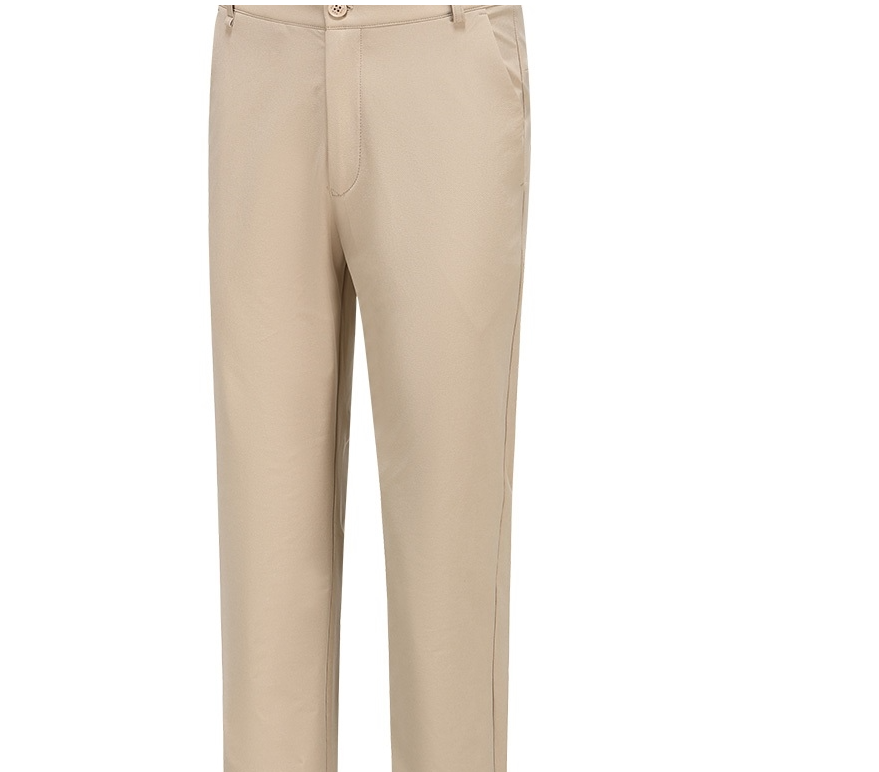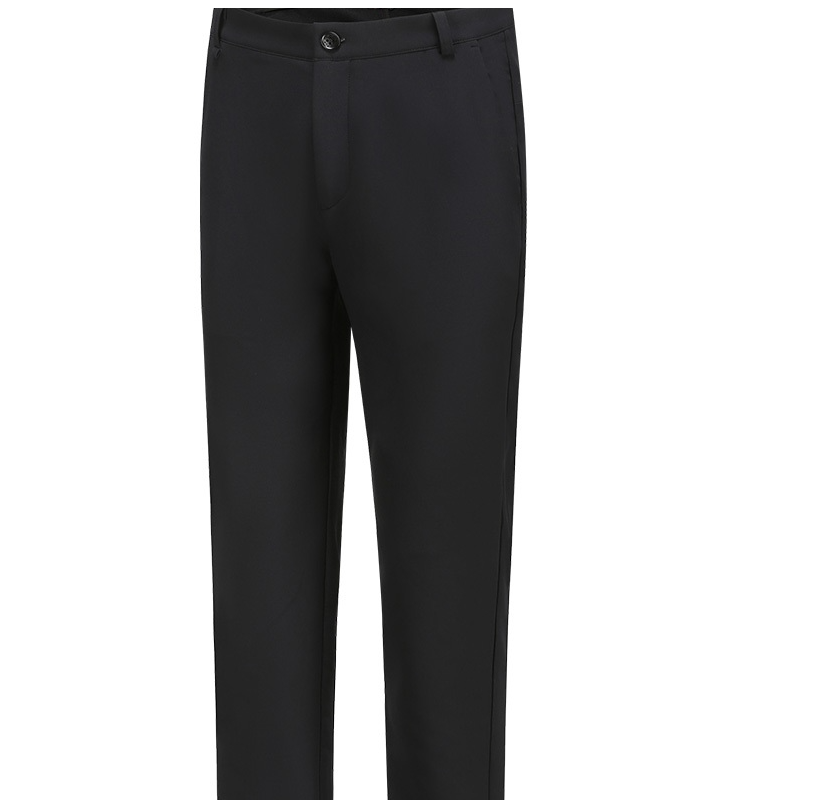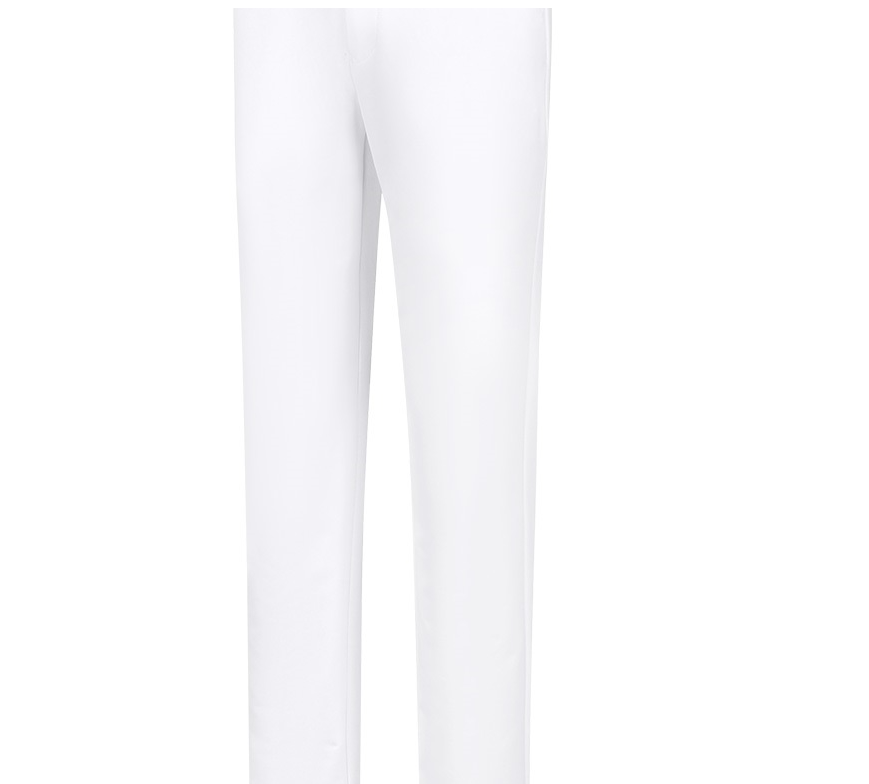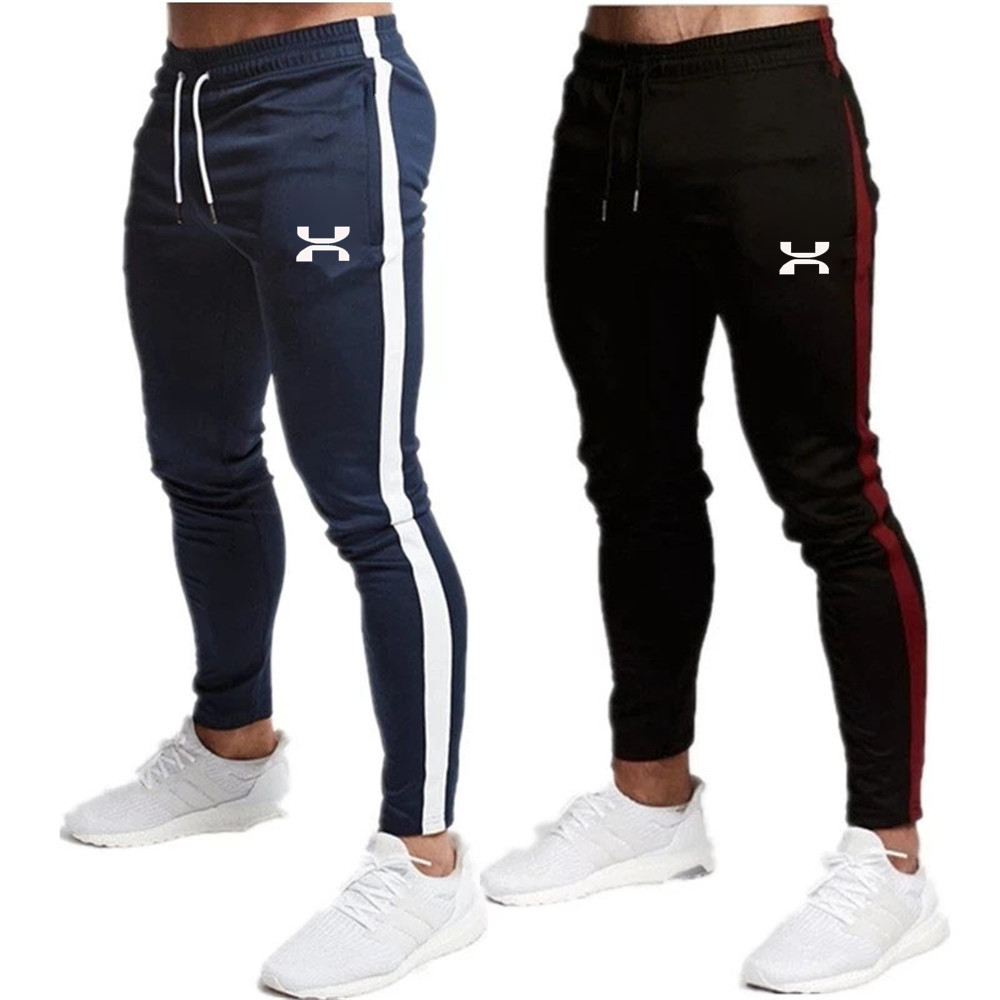
Baseball is a sport that brings people of all abilities together, including disabled players. However, traditional baseball pants may not always be suitable for disabled players, as they may not accommodate specific mobility needs or provide the necessary accessibility features. This essay explores the importance of adapting the design of baseball pants for disabled players, discussing the challenges faced, the potential modifications required, and the benefits they bring to players with disabilities.
- Challenges Faced by Disabled Players:
a. Limited Mobility: Disabled players may have limited mobility or use assistive devices, such as braces, prosthetics, or wheelchairs. Traditional baseball pants may not offer the necessary flexibility or modifications required to accommodate these specific needs, hindering players’ performance and comfort on the field.
b. Dressing Assistance: Some disabled players may require assistance with dressing, including putting on and removing baseball pants. The design of traditional pants may make it difficult or time-consuming for players to independently manage their attire, impacting their sense of independence and inclusion in the game.
- Adapting Design for Accessibility:
a. Adjustable Waistbands: Implementing adjustable waistbands in baseball pants can accommodate players with different body shapes, sizes, and abilities. Elastic or Velcro waistbands allow for easy adjustments, ensuring a secure and comfortable fit for disabled players. This modification also facilitates independent dressing, enhancing players’ sense of autonomy.
b. Side Zippers or Openings: Including side zippers or openings in the design of baseball pants facilitates dressing and undressing for players with limited mobility. These features allow players to put on and remove pants without the need for excessive bending, lifting, or reaching, promoting independence and ease of use.
c. Reinforced and Extended Leg Openings: Disabled players who use assistive devices such as leg braces or prosthetics may require reinforced or extended leg openings in baseball pants. These modifications accommodate the additional bulk or altered shape of the lower limb, ensuring a proper fit and unrestricted movement during gameplay.
d. Customization Options: Offering customization options for baseball pants allows disabled players to tailor the design to their specific needs. Manufacturers can provide options such as adjustable lengths, additional pockets, or reinforced areas based on individual requirements, ensuring optimum functionality and comfort.
- Fabric Selection for Comfort and Performance:
a. Stretchable and Breathable Fabrics: Choosing stretchable and breathable fabrics for baseball pants enhances comfort and performance for disabled players. These fabrics provide flexibility, allowing unrestricted movement, while also ensuring proper ventilation to regulate body temperature and prevent moisture buildup. Stretchable materials also accommodate the unique needs and assistive devices used by disabled players.
b. Moisture-Wicking Properties: Baseball pants with moisture-wicking properties draw sweat away from the skin, keeping disabled players dry and comfortable during physical exertion. This feature helps prevent discomfort, skin irritations, and the potential for infections that can arise from prolonged moisture exposure.
- Benefits of Adapted Baseball Pants for Disabled Players:
a. Improved Mobility: Adapted baseball pants enable disabled players to move freely and comfortably on the field. Design modifications such as adjustable waistbands, side zippers, and extended leg openings allow for greater flexibility, accommodating various mobility needs and assistive devices. By enhancing mobility, these adaptations promote inclusive participation and help disabled players reach their full potential in the sport.
b. Independence and Inclusion: Accessible baseball pants empower disabled players to dress and undress independently, promoting their sense of autonomy and inclusion in the game. Features such as adjustable waistbands and easy-access openings eliminate the need for assistance, allowing disabled players to fully engage in the sport without relying on others for basic dressing tasks.
c. Comfort and Confidence: Well-fitting and comfortable baseball pants contribute to players’ overall comfort, positively impacting their confidence and performance. When disabled players feel at ease in their attire, they can focus on the game without distractions or discomfort. Adapted pants designed with the specific needs of disabled players in mind help alleviate potential frustrations and promote a positive experience on the field.
d. Accessibility and Representation: Adapting the design of baseball pants for disabled players demonstrates a commitment to accessibility and inclusivity in the sport. By recognizing and addressing the unique needs of disabled individuals, manufacturers foster a more inclusive environment, ensuring equal opportunities for participation and representation. These adaptations also raise awareness of the diverse abilities and contributions of disabled players in baseball.
Conclusion: Adapting the design of baseball pants for disabled players is essential for promoting inclusivity, accessibility, and comfort on the field. Traditional baseball pants may not adequately accommodate the specific mobility needs and assistive devices used by disabled players. By introducing modifications such as adjustable waistbands, side zippers, and extended leg openings, manufacturers can enhance mobility and independence for disabled players. Additionally, selecting stretchable, breathable fabrics with moisture-wicking properties further improves comfort and performance. By prioritizing accessibility and inclusivity, the adaptation of baseball pants ensures that disabled players can fully participate in and enjoy the game, fostering a more equitable and representative sporting environment.







